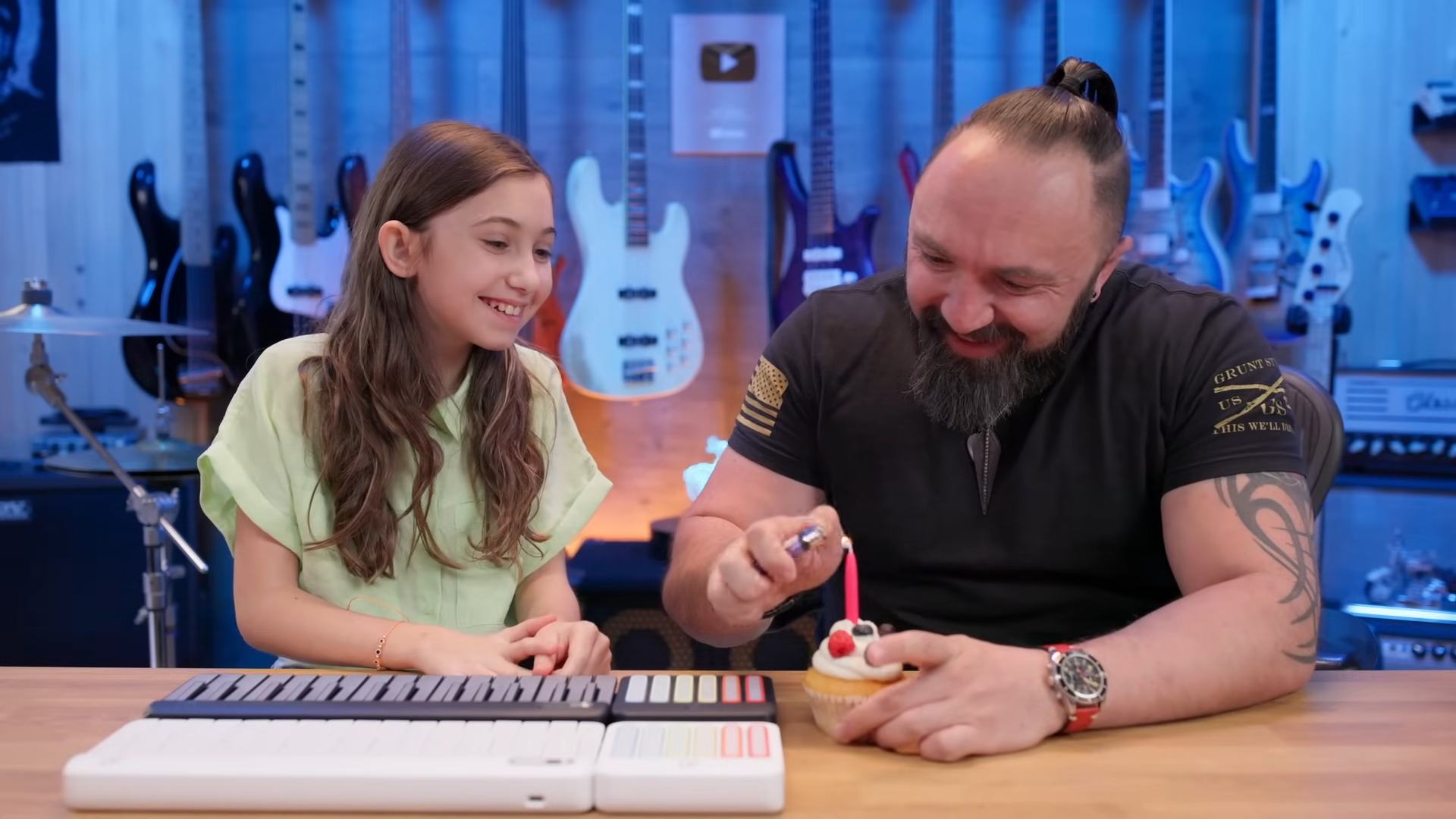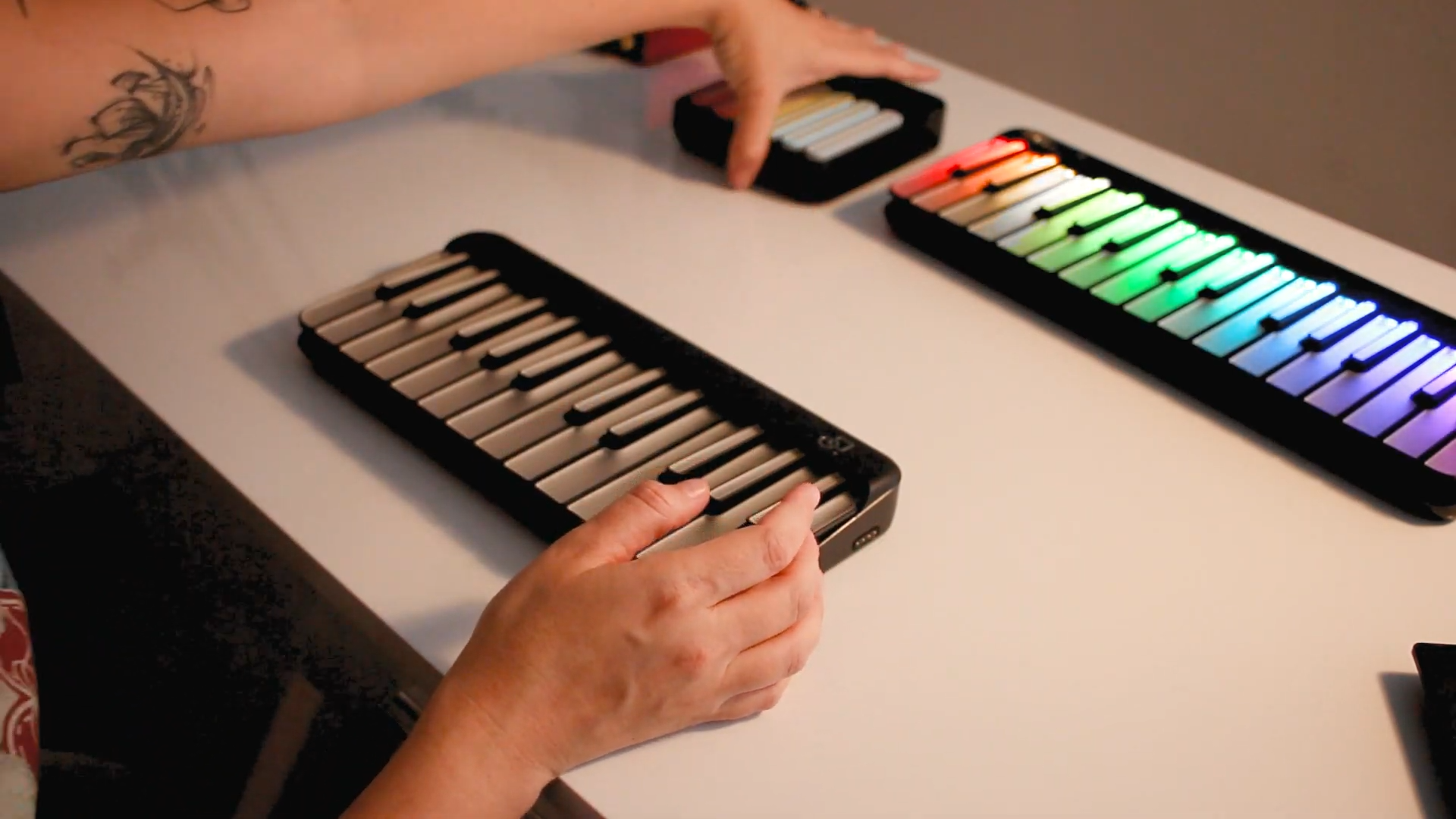
If you’ve just unboxed a piano with lights and you’re wondering how to follow LED lights on piano without picking up bad habits, you’re in the right place. Light‑guided keyboards are designed to show you exactly where to place your fingers and when to play, so you can complete real songs in your first week. With a few simple tactics—tempo control, looping, hand‑by‑hand practice—you’ll turn those LEDs into steady progress.
Follow lights (sometimes called guide lamps or stream lights) are small LEDs above or inside the keys that illuminate the next notes you should play. When paired with a lesson app, they usually do three things that help beginners:
On many modern smart keyboards, the lights span the full keybed and can display multiple colors, which makes chords, hands, and parts easier to distinguish. You’ll often see this described as full‑key multi‑color lights combined with a guided mode inside the companion app.
Here’s a simple, repeatable routine that turns LEDs into progress.
Open the lesson app, choose Beginner or Easy, and reduce the tempo to where you can play without rushing. Most follow‑light systems are designed to “wait” for missed notes, so use that to relax and learn the motion.
Don’t keep restarting from the beginning. Use the app’s loop on the trickiest bar and repeat it 5–10 times. Small wins stack quickly.
When you can play a loop three times cleanly, bump the tempo 5–10%. Big jumps cause tension; small jumps build confidence.
Watch the LEDs—but also listen. As soon as the melody sounds familiar, glance less at the keys. Your ears are the best guide you have.
A common search is “lights are on piano sheet music”—usually people are asking how the lights relate to notation. Here’s the translation:
Some systems also show lyrics or chord symbols above the scrolling notes, which is handy if you want to sing and play with one‑tap chords or a chord pad.
A month is enough to build muscle memory and a playlist you can actually play. Use 15–25 minutes per session, five days a week.
Following the lights will get you playing notes. Rhythm is what makes those notes feel like music.
These patterns work whether you’re using single notes, basic chords, or layered parts from the app’s song library.
Lights help you start; habits keep you going. Here’s a graceful exit plan so you don’t become LED‑dependent:
Most smart keyboards let you mix guidance with free play, add chord prompts, or practice with a metronome—use those tools to transition from visual cues to musical instincts.
Learning with LED lights on the piano is about momentum, not magic. Follow the lights slowly, loop tiny sections, and nudge the tempo only after clean runs. Add left‑hand roots, then chords, then rhythm patterns that feel musical. Within weeks, you’ll have a couple of full songs you can play end‑to‑end—and you’ll be ready to explore beyond the LEDs.
If you want a hands‑on example of a piano with lights—including guided mode, song library, and MIDI for creation—take a look at this smart keyboard with full‑key lights (you’ll find “Follow the Lights” sections and specs like multi‑color LEDs right on the page).
You should feel calmer after the first five minutes. If you tense up, slow the tempo and loop a smaller section. When the lights pause and wait for you, use that breathing room to place your hand comfortably.
Yes—if you pair lights with rhythm practice and gradual tempo increases. Add left‑hand roots, then basic chords, then dynamics. These translate directly to playing without lights.
Kids benefit from fast visual cues and short, game‑like sessions. Adults benefit from the same cues plus intentional rhythm work and recording. Both learn best with familiar songs they already recognize.
Most can. Look for full‑key multi‑color lights, guided modes, song libraries, one‑tap chords, and MIDI to connect with music apps—features that cover learning and creation in one device.
You can still learn. Focus on the lit ranges, keep tempos slow, and use the on‑screen display to anticipate upcoming notes.
Read more

How to Learn Chords on a Smart Keyboard (Beginner Guide)
If you want to sound like a real player fast, start with chords. This guide shows you how to learn chords on a smart keyboard using simple shapes, guided lights, and short practice routines. You’ll...

How to Clean a Smart Keyboard (Easy Step-by-Step Guide)
A clean instrument feels better, plays better, and lasts longer. If you’re wondering how to clean a smart keyboard without harming LEDs, sensors, or finishes, this guide walks you through a safe ro...